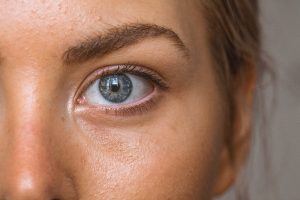How Air Pollution Affects your Skin
Protect your Skin
Generally, when talking about air pollution, we focus on its effects on the respiratory system and the environment. But another critical aspect that air pollution affects is the skin. The skin is our body’s first line of defense, so we must protect it.
Air pollutants can create oxidative damage to the skin; this then can cause irregular functions of lipids and DNA. Without proper function, this leads to skin aging, inflammatory or allergic conditions, psoriasis and acne, and skin cancer.(1)
Pollutants that can Harm your Skin
Volatile Organic Compounds (VOCs) are a type of air pollutant, and they are emitted into the air by numerous products such as paints, tobacco smoke, and exhaust from cars.(1) A study showed how VOCs induce precancerous skin lesions in rats.(2) These matters are likely similar in humans, and thus essential to know how to reduce VOCs to protect the skin and keep it healthy.
Another air pollutant that negatively affects the skin is Particulate Matter (PM). Some primary sources of PM are factories, power plants, and cars.(1) Research shows that the presence of PM in the air causes external skin aging.(3) Intensive aging will cause other body parts to age faster and lose their functions. Therefore, it is essential to keep your skin youthful to help the rest of the body.
RadGreen is Here to Help!
While external air pollutants are mainly out of one’s control, you can take charge of your air indoors with the help of RadGreen. The sensors will tell you when your inside air has become contaminated with these toxic pollutants. Knowing when these problems arise is crucial because then action can be taken quickly and efficiently to stop them.
Resources:
1https://www.frontiersin.org/articles/10.3389/fenvs.2014.00011/full#:~:text=Exposure%20of%20the%20skin%20to,among%20the%20most%20serious%20effects.
2https://ehp.niehs.nih.gov/doi/10.1289/ehp.99107s5783?url_ver=Z39.88-2003&rfr_id=ori:rid:crossref.org&rfr_dat=cr_pub%3dpubmed
3 https://particleandfibretoxicology.biomedcentral.com/articles/10.1186/1743-8977-2-10


